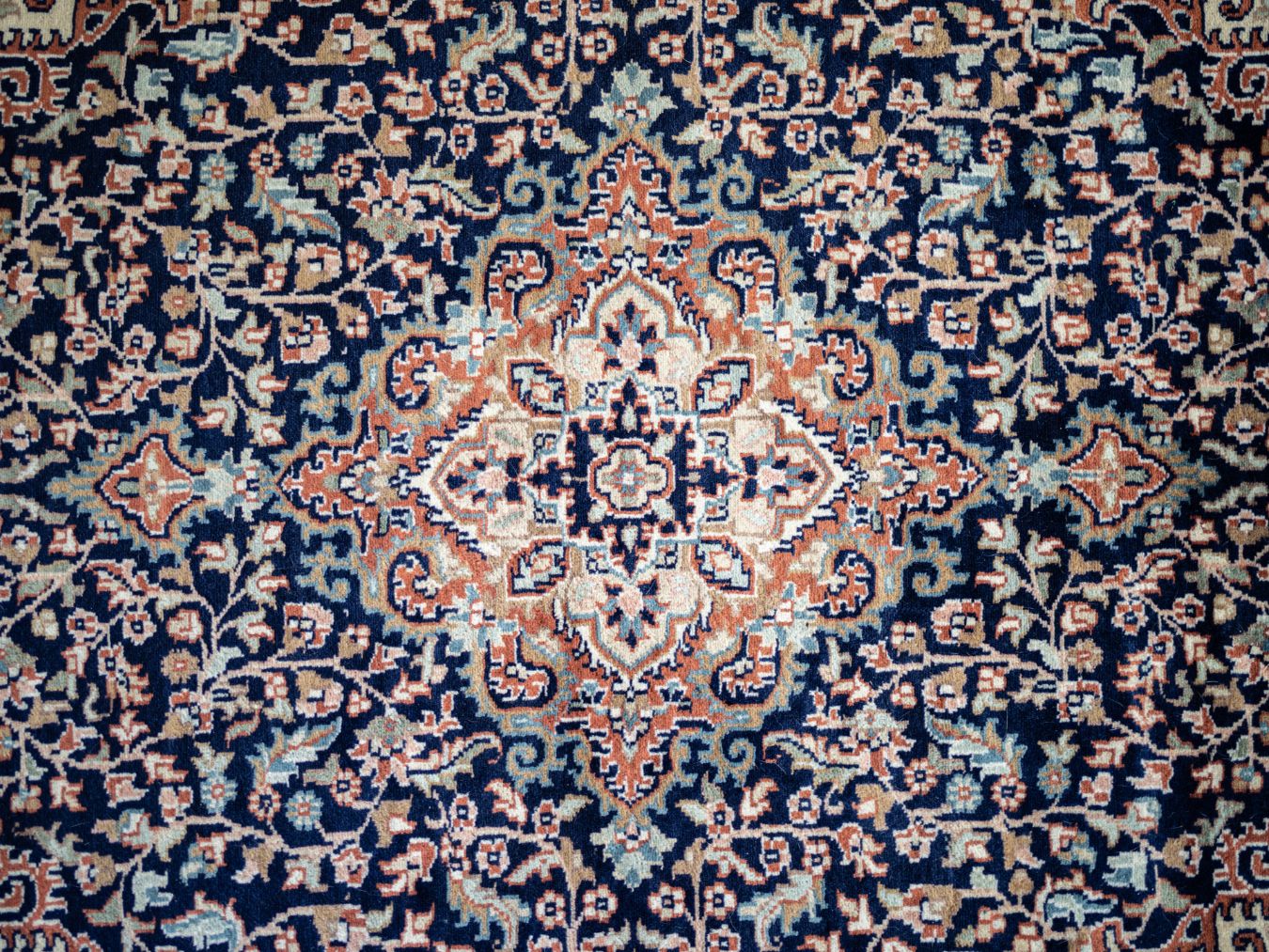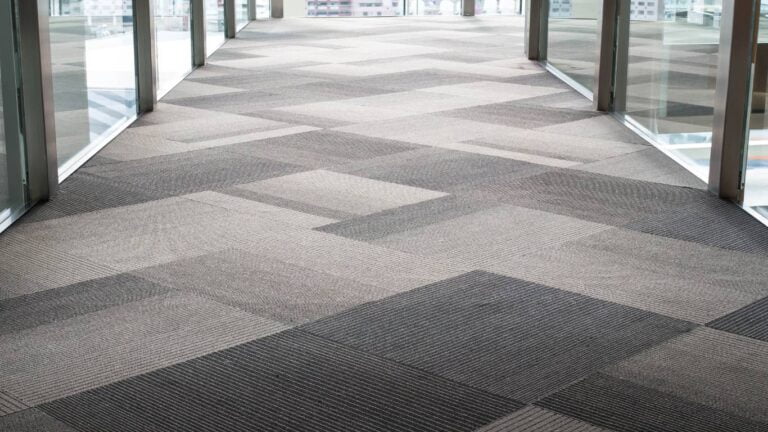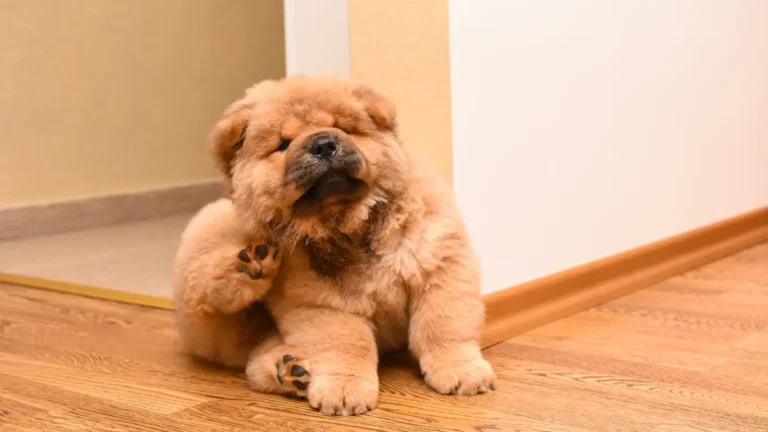Learning how to clean a Persian rug is essential for preserving the beauty and longevity of these exquisite and often sentimental pieces. Renowned for their intricate designs and rich history, Persian rugs require a delicate balance of regular maintenance and gentle cleaning techniques to maintain their allure and value. Whether you’re tackling everyday dust and debris or addressing more stubborn stains, understanding the specific needs of your Persian rug’s unique fibres is key. This guide offers a comprehensive look at the tools, methods, and precautions necessary to keep your Persian rug in pristine condition, from routine care to the occasional deep clean, ensuring your treasured textile remains an enduring part of your home’s character.
Introduction to Persian Rug Cleaning
Owning a Persian rug isn’t just about aesthetic enjoyment; it’s also an investment and, often, a cherished family heirloom. These rugs can be quite valuable and often hold significant cultural or historical importance. So, they need a level of care and maintenance that reflects their value. Your rug’s durability and colour vibrancy largely depend on your dedication to its proper upkeep.
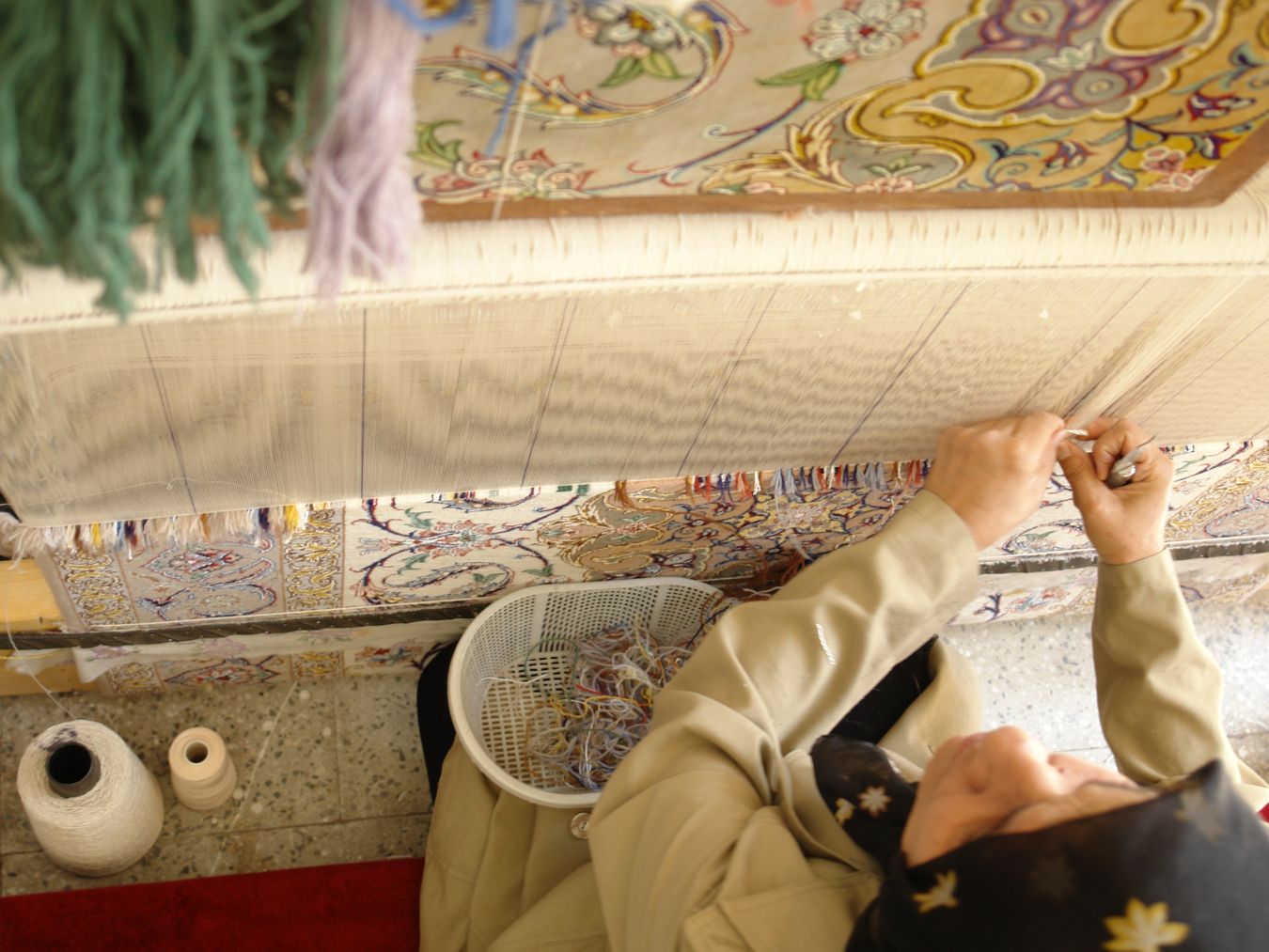
Understanding Persian Rug Materials
Persian rugs are typically made from organic materials like sheep’s wool, cotton, or silk. These natural fibres are vulnerable to damage from environmental factors such as sunlight, which can cause fading. Silk rugs are especially delicate and usually require a professional’s touch for rug cleaning and repairs. Using under rug padding is a smart move to protect the underside fibres from wear and to keep the rug from slipping on wooden floors.
The Importance of Regular Maintenance
To keep your Persian rug looking beautiful and structurally sound, regular maintenance is key. This includes vacuuming with a suction-only device weekly to prevent dirt and particles from building up. Airing out the rug twice a year can also help ward off moisture and insect damage. Rotating the rug every few months helps distribute wear and tear evenly and prevents uneven fading from sunlight and foot traffic. To protect the colours from fading, it’s wise to place rugs in shaded areas or use window treatments that block UV rays.
Overview of Cleaning Methods
Vacuuming is a basic part of Persian rug maintenance, and it should be done in the direction of the fibres to prevent matting. Spot cleaning must be gentle, using a mix of mild detergent and water, followed by blotting with clean water to remove any soap residue. For a thorough clean, hand washing the entire rug with a mild detergent and then rinsing it thoroughly is the best approach, ensuring the rug is completely dry before it’s used again.
Professional cleaning is recommended for deep cleaning every few years or when tough stains don’t come out with home methods. Professionals have the expertise to handle complex weaves and delicate fibres, especially with silk rugs. They also have specialised cleaning solutions and techniques that can extend the life of the rug and refresh its appearance. Get an instant rug cleaning quote here.
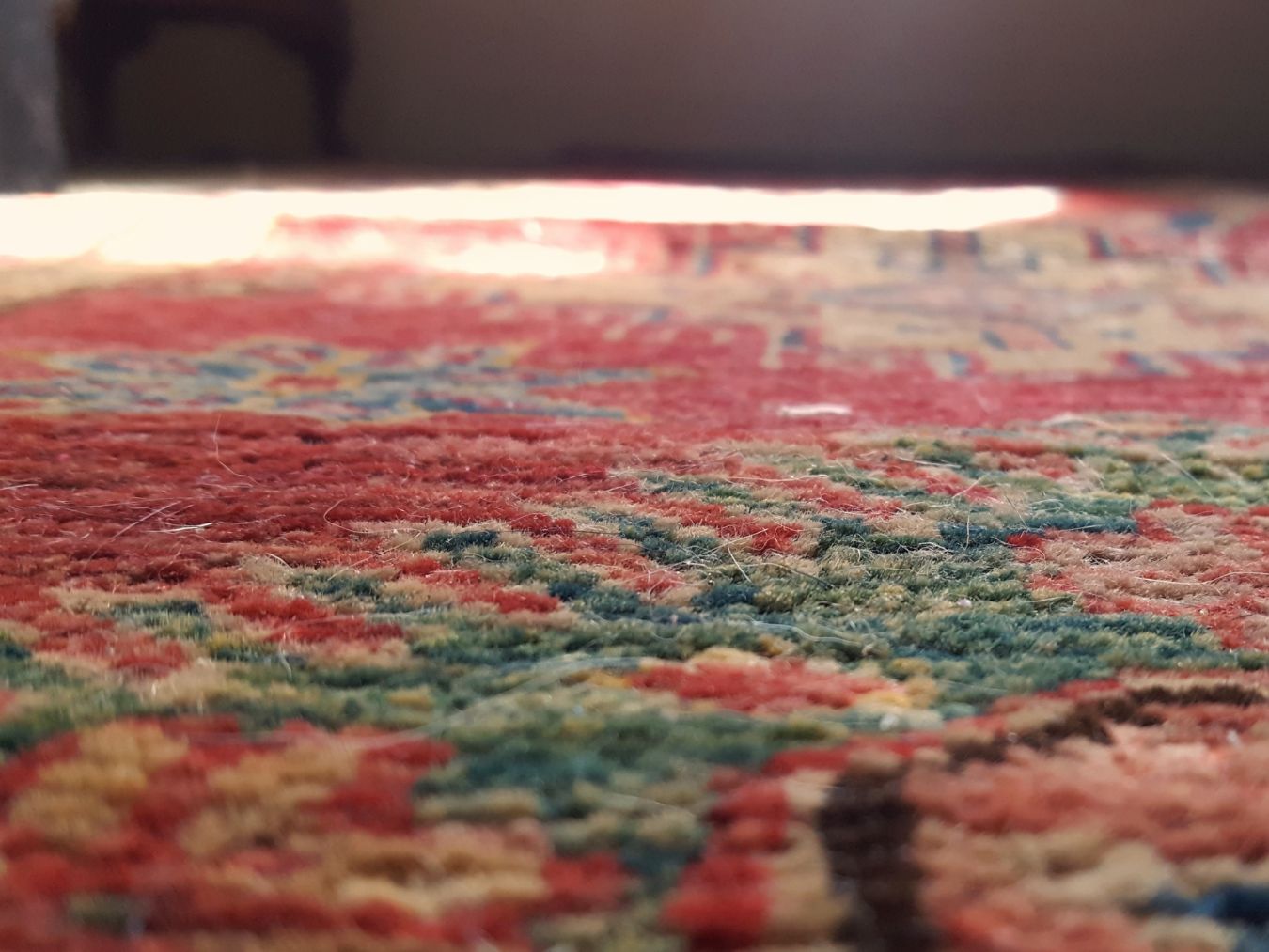
Pre-Cleaning Preparation
Assembling Cleaning Supplies
Before beginning the cleaning process, ensure you have the appropriate supplies that will be safe for your Persian rug’s fibres. A light canister vacuum cleaner is recommended to maintain the rug’s lustre. For spot cleaning, prepare a solution with a clear dishwashing liquid or detergent devoid of bleaches and strong alkalies, along with white vinegar, ammonia, and a dry cleaning solvent. These substances, when utilised correctly, can effectively cleanse your rug without inflicting damage.
Testing for Colour Fastness
To avert the risk of dye bleeding, conduct a colour fastness test. Moisten a white towel with hot water and press it against the rug’s fibres. If dye transfers to the towel, the dyes are not stable, indicating the potential need for a dye stabiliser, which is best applied by professionals. Conducting a pH test can also assist in selecting the appropriate cleaner for your rug, ensuring the cleaning process is safe for both the colours and the fabric.
Dusting and Vacuuming Techniques
Vacuuming side-to-side, take care to bypass the fringes to avoid causing harm. For a more comprehensive clean, vacuum the back of the rug occasionally to eliminate trapped dirt. Handle antique rugs with particular caution during vacuuming to preserve their value.
Spot Treatment Basics
For solid messes, use a spoon to gently lift the debris. Prepare a solution of mild detergent and water, and with a damp sponge, dab onto the affected area without rubbing. After treating the spot, rinse with cold water and pat dry. For persistent stains, consider a sequence of cleaning solutions, followed by dabbing and air drying. If the stain remains, seeking professional rug cleaning assistance is advisable to prevent further damage.
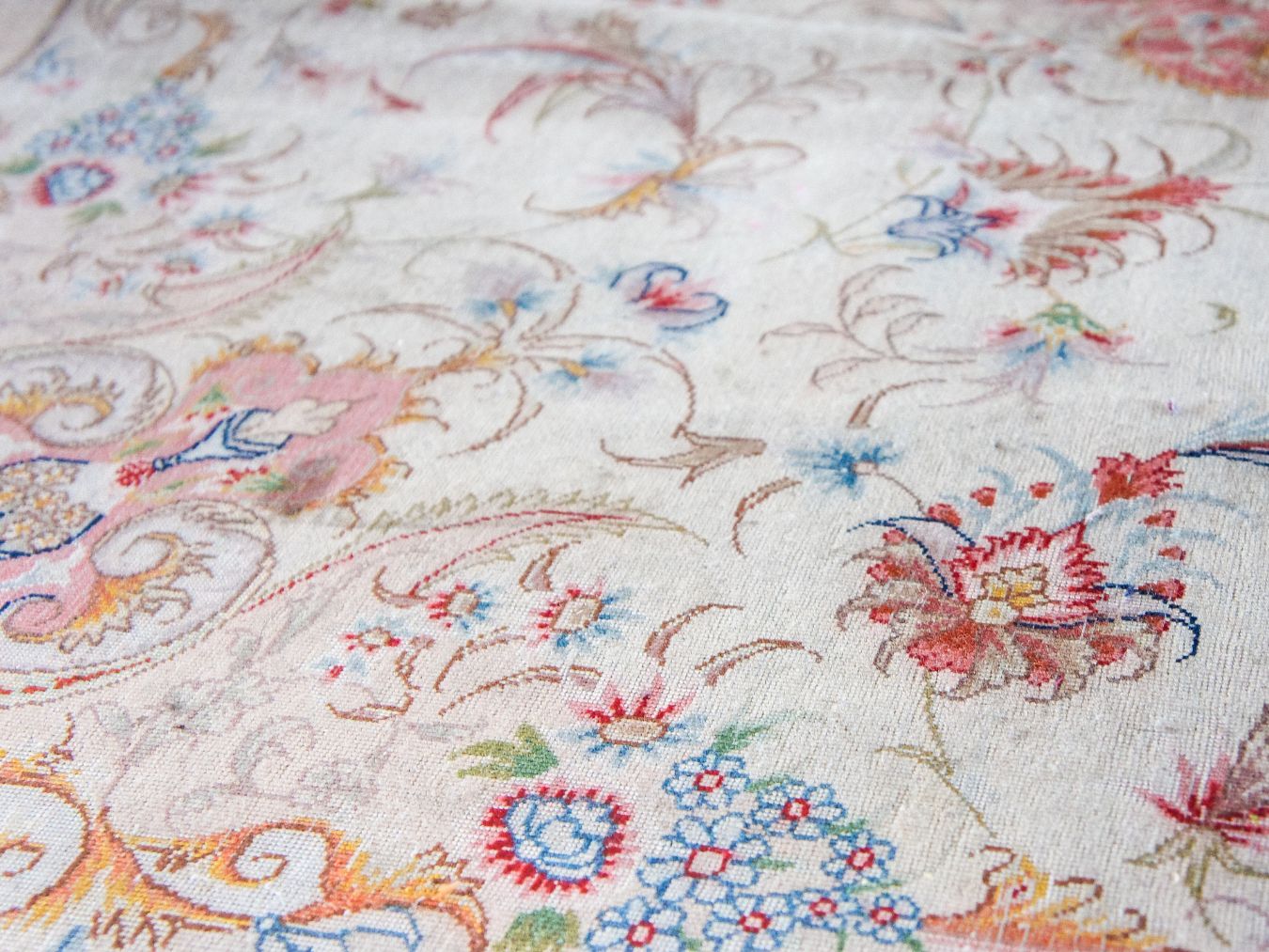
Washing Your Persian Rug
Hand Washing vs. Machine Washing
Given the fragility of Persian rugs, hand washing is the preferred method. It allows for a detailed clean that machine washing cannot provide, avoiding the potential for mechanical damage and dye transfer. Hand washing can be customised to the rug’s specific needs, including soil level, stain type, and age, and includes a dye test to ensure colorfastness.
Effective Rinsing Methods
Thorough rinsing is essential after washing to prevent detergent residue from attracting dirt. Use ample clean water to ensure no cleaning solution remains in the rug’s fibres.
Drying Procedures
Correct drying is paramount to prevent mould and damage to the fibres. After the washing and rinsing steps, the rug should be hung or placed in a well-ventilated area to dry completely. Avoid exposure to direct sunlight or intense heat to prevent fading or shrinking.
Post-Cleaning Care and Maintenance
Proper Rug Storage Techniques
When not displayed, your rug should be stored with care. Ensure it’s clean before storage to prevent pest infestations or deterioration. Roll the rug around a cardboard tube wider than the rug itself to maintain its shape. Wrapping in a breathable fabric, such as cotton or muslin, is preferable to plastic, which can encourage mildew growth. Use wide ties to secure the wrap and protect the ends from dust by tucking them into the tube. The chosen storage location should be cool and dry, with consistent temperature and humidity to avoid environmental damage. Employing a dehumidifier or air conditioner can help maintain these conditions.
To safeguard against insects, mothballs or cedar blocks can be used, but ensure they do not come into direct contact with the rug. Avoid placing heavy objects on the stored rug to prevent compression damage. Periodically inspect the rug, ideally every six months, which includes unrolling it and exposing it to indirect sunlight to deter moisture and pests.
Frequent Rug Rotation and Why It Matters
Similar to a shag rug, regular rotation is essential to evenly distribute wear. This practice is especially important for Persian rugs to prevent concentrated wear patterns and uneven colour loss due to exposure to light and foot traffic. Rotating your rug more frequently may be necessary if it’s situated in a high-traffic zone. This not only enhances the rug’s appearance but also contributes to its structural preservation.
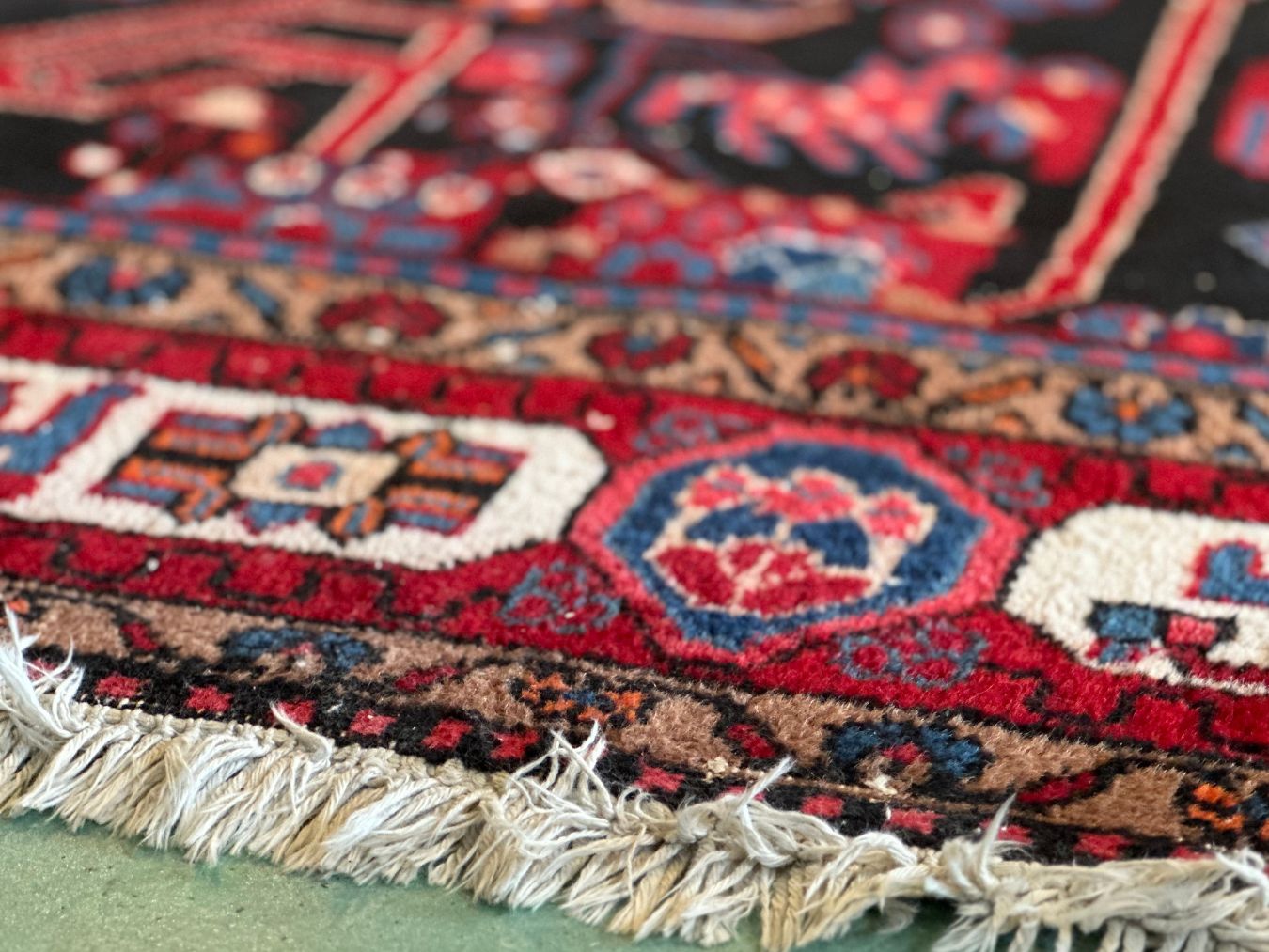
Dealing with Fringe and Edges
The fringes and edges can be more susceptible to damage and may need special care. Vacuuming these areas is a gentle way to remove dirt without causing harm. For cleaning, a soft-bristled brush and a mild solution are recommended. If the fringes are in a fragile state or if you’re uncertain about the cleaning process, professional services are advisable. They can expertly clean and, if necessary, repair or replace damaged fringes.
When to Seek Professional Cleaning Services
There are instances when the expertise of professionals is necessary. They can provide a range of services, including dusting, washing, and fringe care, which may be beyond the scope of home maintenance. If your rug has been stored for an extended period, it’s beneficial to have it professionally cleaned to ensure its condition is preserved. Additionally, if you’re unsure about proper storage techniques or if your rug requires special attention due to its age or delicacy, consulting with professionals is recommended. Regular professional rug cleaning can contribute significantly to the longevity of your rug.
Preserve Your Persian Legacy
From the intricate weaves to the vibrant colours that tell tales of heritage and craftsmanship, each Persian rug is a testament to the fine art of rug-making. The techniques we’ve shared aim to empower you with knowledge for the safekeeping of these treasures. Whether tackling spills with gentle hands or entrusting the delicate fabrics to experts, remember that caring for your rug is preserving a piece of history.
The fine line between DIY diligence and the discerning eye of a professional ensures your heirloom’s longevity. At the first sign of trouble or when routine upkeep no longer suffices, don’t hesitate to seek professional care. Through a combination of at-home maintenance and expert intervention, your Persian rug will continue to enchant for generations to come.

